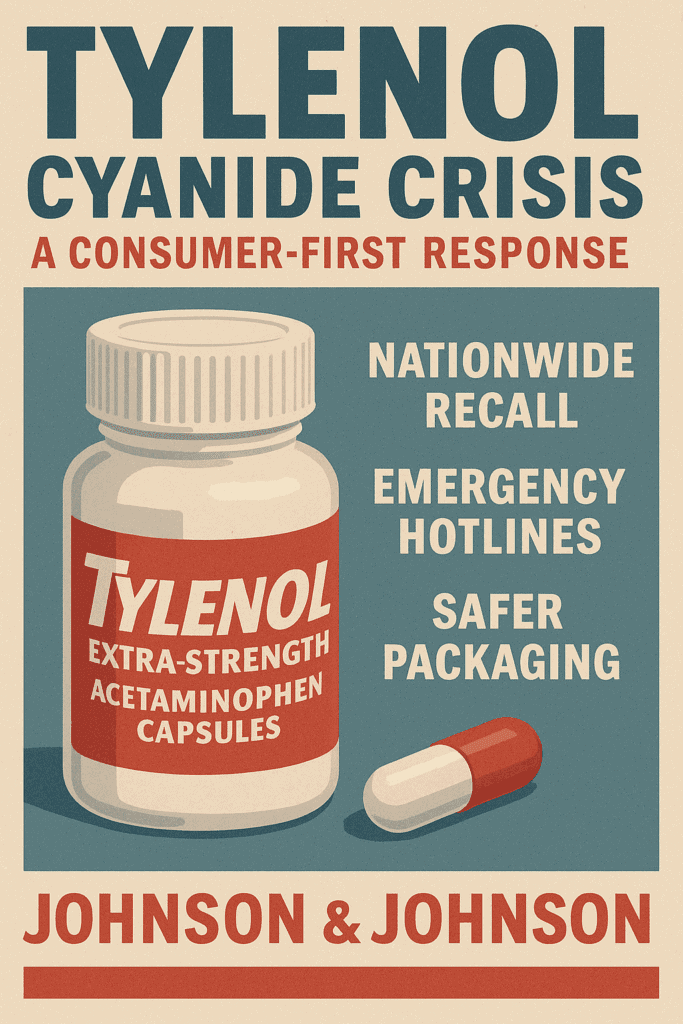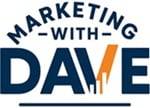Brief Summary

In 1982, seven people in Chicago tragically died after taking cyanide‑laced Tylenol capsules. Johnson & Johnson responded with a full national recall, transparent communication, and tamper‑resistant packaging.
Their swift, consumer‑first action restored trust and created a crisis management blueprint.
Company Involved
Marketing Topic
- Crisis Response
- Corporate Social Responsibility
- Public Relations
Public Reaction or Consequences
The public panicked, sales plunged, and media coverage was intense. J&J’s immediate recall, hotline support, and CEO James Burke’s on‑camera presence earned widespread praise. They sacrificed over $100 million but regained market share within a year.
Why It Matters Today
- Consumer safety trumps profits in trust‑building
- Transparency can defuse panic in the age of social media
- Industry‑wide tamper‑proof packaging standards evolved
- Precedent for current accountability and real‑time stakeholder expectations
3 Takeaways
- Act quickly and publicly to stop reputational damage
- Use empathy and honesty to cement long‑term loyalty
- Address root causes to prevent recurrence and control narrative
Notable Quotes and Data
- “They pulled 31 million bottles at a cost of $100 million to put people first”
- “Tylenol sales rebounded to previous levels within six weeks after introducing triple‑sealed bottles”
- “This effective handling… has since become a model for corporate crisis management”
Full Case Narrative
In late September 1982, seven individuals in the Chicago area died after ingesting Extra‑Strength Tylenol capsules contaminated with cyanide.
Johnson & Johnson’s chairman James Burke formed crisis teams with two core priorities: protect consumers and preserve trust.
The company initiated a voluntary recall of 31 million bottles, suspended advertising, launched hotlines, and held national press conferences. Burke appeared on network television to speak empathetically and transparently.
They collaborated with FDA and law enforcement to reinforce accountability. Within six weeks, triple‑sealed tamper‑resistant packaging debuted. By early 1983, Tylenol regained 100 percent of its market share, cementing J&J’s reputation for ethical crisis leadership.
Timeline
- Sept 29 1982: First deaths reported
- Early Oct 1982: Nationwide recall of 31 million bottles
- Nov 1982: Tamper‑proof packaging launched
- 1983: Market share fully recovered; crisis praised as exemplary
What Happened Next?
J&J rebuilt Tylenol’s brand through media outreach, free replacements, and packaging innovation. Market share returned, the case became a crisis management classic, and transparency became central to J&J’s culture.
One Sentence Takeaway
Swift consumer‑first crisis response can turn near‑destruction into renewed brand trust.
Sources and Citations
The Tylenol Case Study: A Masterclass in Crisis Communications
How the Tylenol murders of 1982 changed how we consume medicine
How Poisoned Tylenol Became a Crisis‑Management Teaching Model
